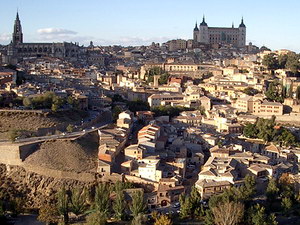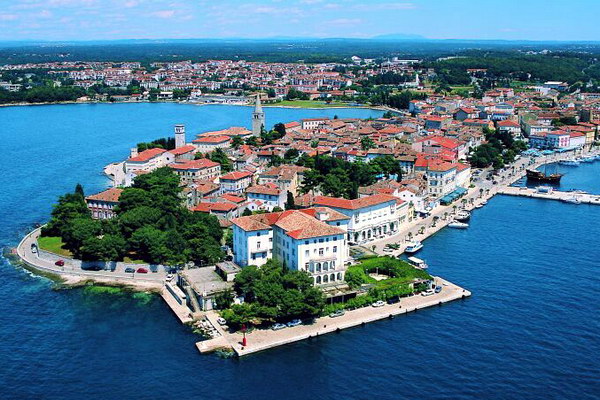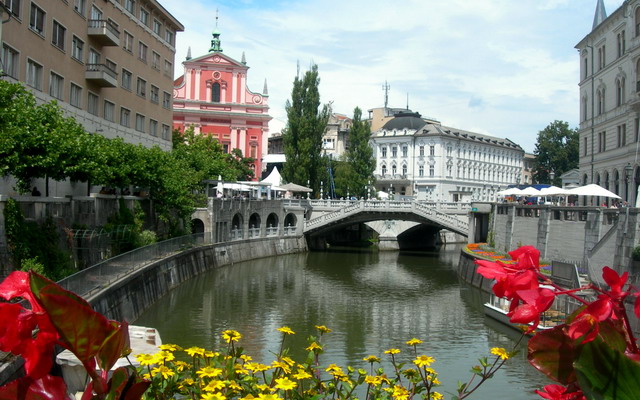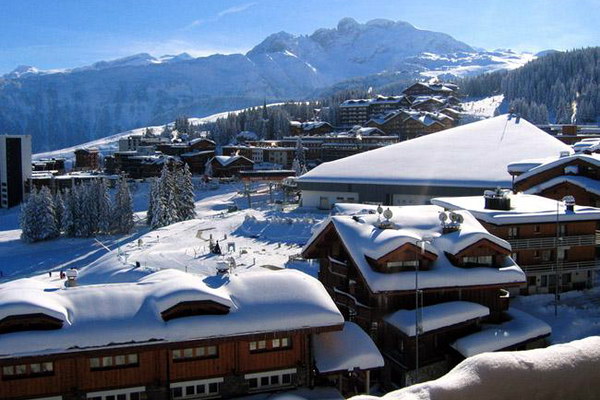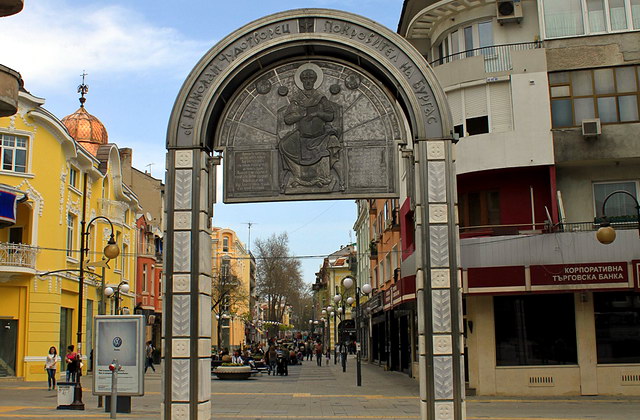Travel motives
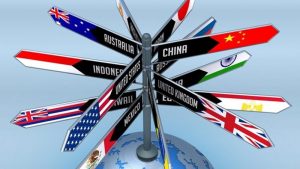 It is impossible to determine how long people began to travel. Most likely, the beginning of the history of travel should be carried out from the time when the process of separating a person from the animal world began. In any case, there is no doubt that the beginning of travel was laid when the foundations of human civilization were laid.
It is impossible to determine how long people began to travel. Most likely, the beginning of the history of travel should be carried out from the time when the process of separating a person from the animal world began. In any case, there is no doubt that the beginning of travel was laid when the foundations of human civilization were laid.
What made our distant ancestors move across the endless expanses of the Earth? The travel motives were:
1. Primitive man was forced to move from one locality to another in search of food (hunting, fishing, etc.). Despite the fact that such transitions are made by animals (for example, herds of antelope overcome up to a thousand kilometers per season), still such movements in space are characteristic of humans, as they are meaningful and focused.
2. With the emergence of cattle breeding, primitive man began to make long transitions in search of pastures, laying trails and memorizing them. Often, shepherds marked their way with special signs on the ground.
3. With the development of primitive farming, a person’s interest in the territorial distribution of flora has greatly expanded. Man moved in search of better and more fertile lands and even sought to change the landscape of lands unsuitable for crops.
4. The development of handicrafts and trade put the need to create a scheme of routes. Landmarks served as the most prominent features of the relief (mountain, rock, high tree, etc.). The revolutionary stage in the movement of people was the manufacture and use of boats to cover the distance through the water. First used the flow of water, and then the force of the wind. Landmarks on the sea were the sun and the stars.
5. With the development of intergroup communication, familiar paths are created between villages. Intertribal communication develops. This communication had several varieties:
a) intra-ethnic movement, i.e. movement within a territory occupied by a tribe or union of tribes;
b) inter-ethnic communication, i.e. moving beyond the territory of the habitat of his tribe and the loss of further communication with him;
c) the movement of the tribe itself or the union of the tribes to another locality, which is characteristic of peoples leading a nomadic way of life.
This type of movement is called migration, which is seasonal or is caused by other reasons. The objective reasons for migration include:
– Climatic factors. These include river flooding, volcanic eruptions, avalanche, rockfalls and other natural disasters.
– Biological factors. They are connected with the fact that primitive people were often forced to flee from the attack of predatory animals and even change the original place of their stay.
– Social factors. These include wars, tribal clashes, the need to hide from external aggression, as well as the pursuit of the enemy and the seizure of its territory.
The subjective reasons for the migration did not play such a large role as the objective ones. No one could leave the tribe and go traveling for some personal interest. Life alone and even in a small group was simply impossible in the days of the Paleolithic and Mesolithic.
Migrations are characteristic of the entire period of prehistory of mankind. For example, if in the Paleolithic era (40–15 thousand years ago) about 2–3 million people lived on Earth, then in the Neolithic era (10–3 thousand years ago), the Earth’s population increased more than 10 times. All this is the result of migration processes.
In the era of the first social division of labor on farmers, artisans, traders and nomadic pastoralists, the differentiation of migration processes begins, depending on the types of activity. There is a change in the usual routes, changing their value. In this case, the ancient people tried to fix the routes of their movements. This marked the beginning of the first elements of cartography.
The first so-called “maps” were drawn on the ground, stones, fragments of trees, on the skins and bones of animals. These were primitive schemes with symbols with elements of drawings. They depicted not only the terrain scheme, but also the direction of winds, currents, fords, reefs and underwater coral islands are indicated. The oldest maps known to us include maps that are made on the bones of animals. The age of these cards is about 12 thousand years. They are found in Yakutia, East Africa and other localities.
Over time, when the pictography appears, the cards began to be drawn on the walls of the caves. These cards are still full of unraveled characters. Apparently, they indicated the most convenient hunting routes of the Upper Paleolithic times. The most famous caves where these images were found are Lasko Cave (France), Altamir Cave (Spain), Kapova Cave (Southern Urals) and others.
In the Mesolithic era (10–3 thousand years ago), the first trade routes began to take shape. Sometimes traders traveled hundreds and even thousands of kilometers. The person of a traveling merchant was considered inviolable.
